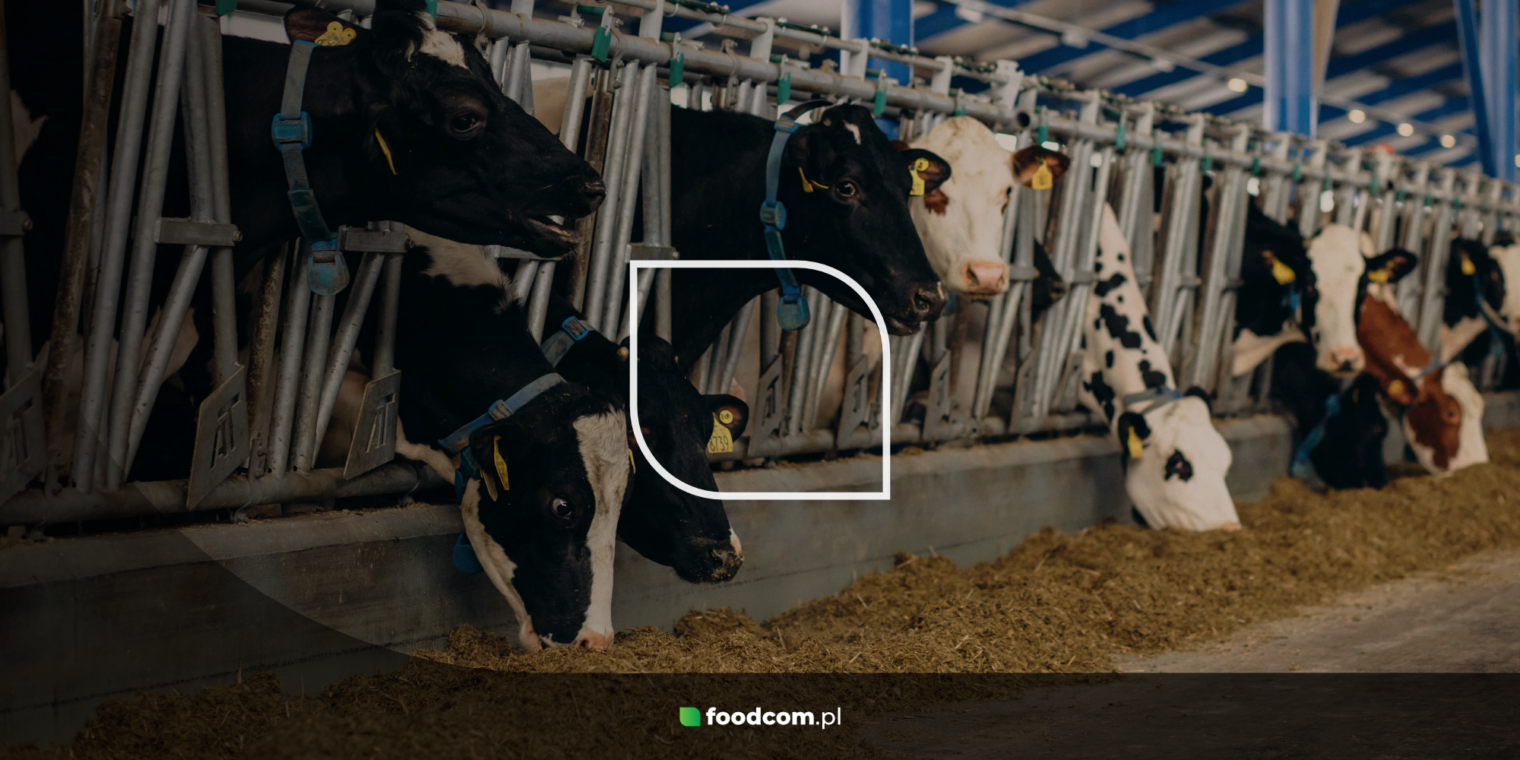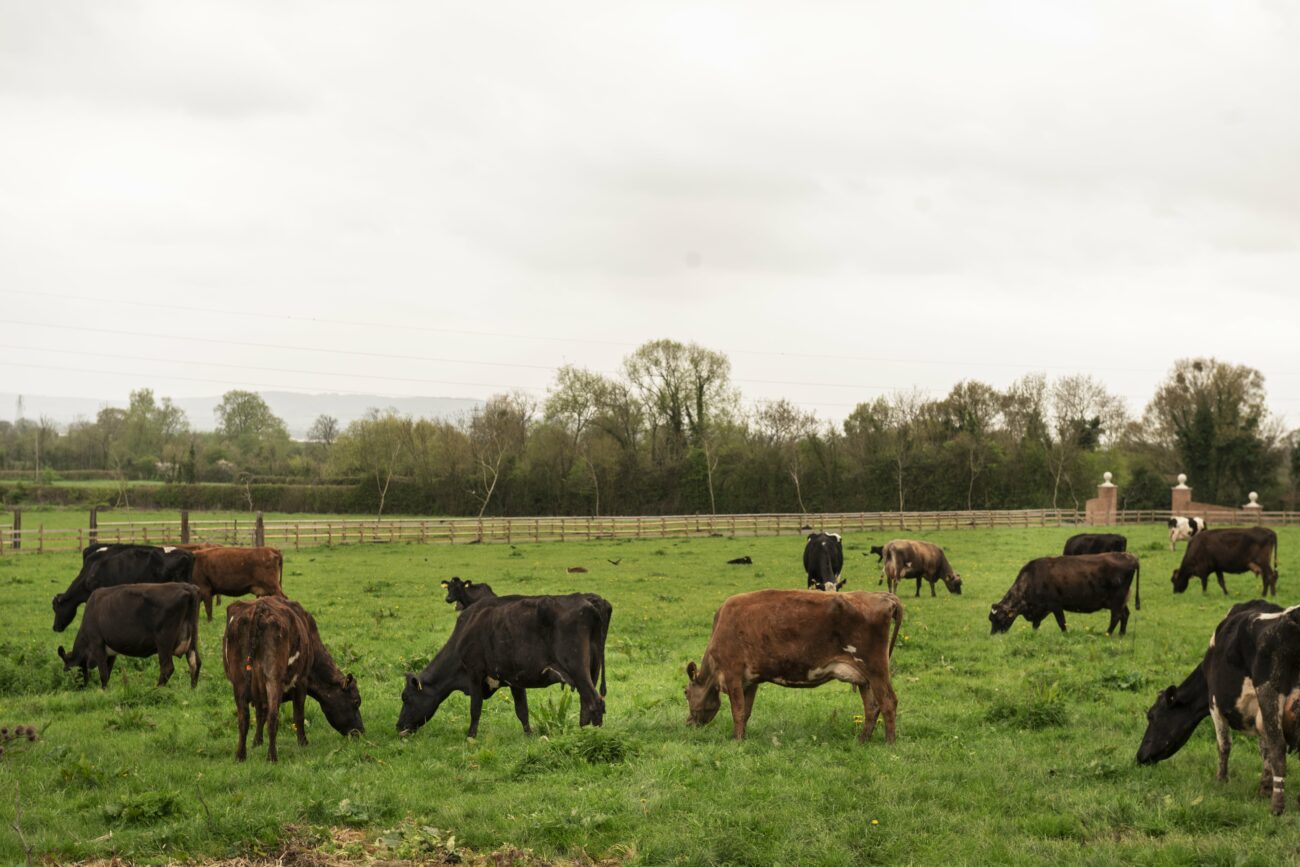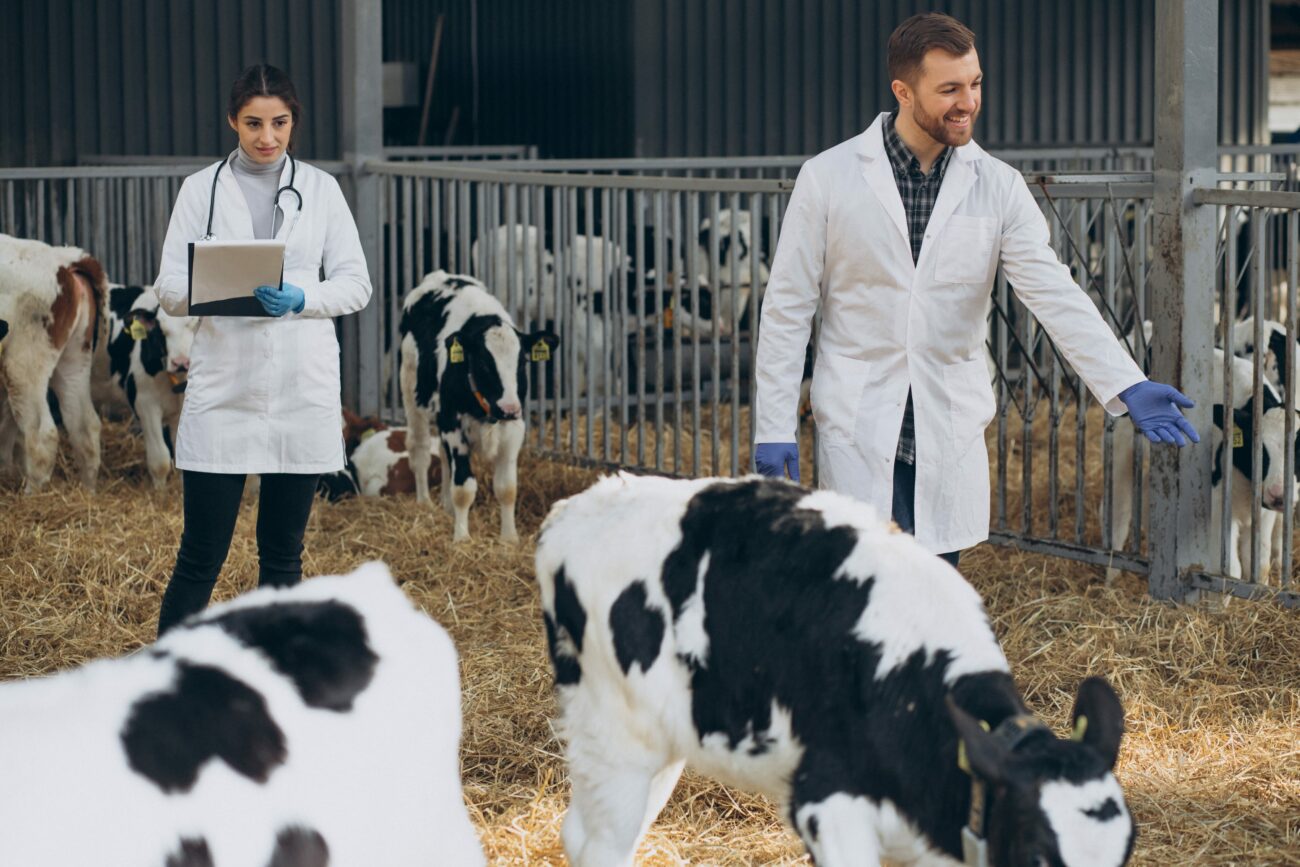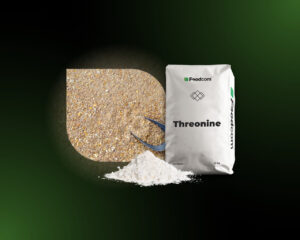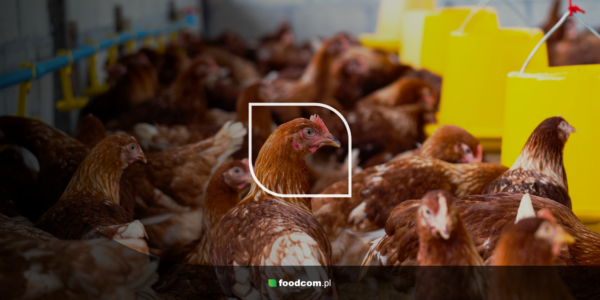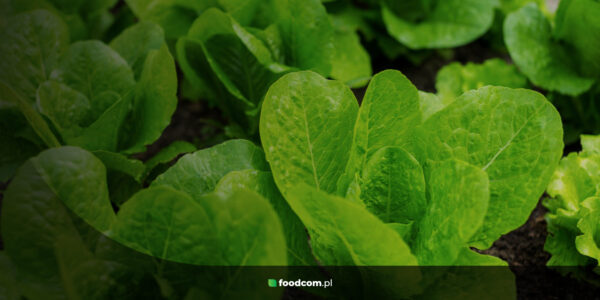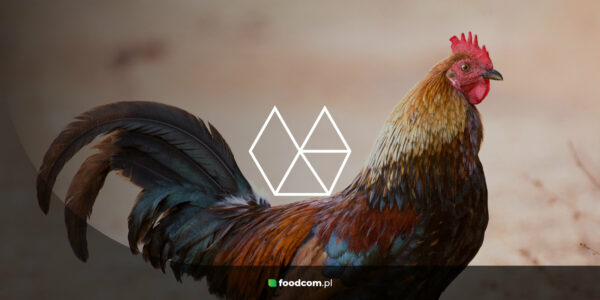- Pasze dla bydła dzielą się na wysokobiałkowe, treściwe, objętościowe oraz mineralne i witaminowe, wpływając na zdrowie i wydajność zwierząt.
- Pasze dla bydła mięsnego i mlecznego różnią się składem, dostosowanym do zwiększenia masy ciała lub poprawy jakości i ilości produkowanego mleka.
- Odpowiednio zbilansowana dieta bezpośrednio wpływa na jakość produktów, w tym zawartość tłuszczu i białka w mleku oraz wydajność produkcji mięsa.
- Produkcja pasz obejmuje przetwarzanie surowców, mieszanie, a często granulowanie, przy zachowaniu kontroli jakości na każdym etapie.
High-quality raw materials used for feed production are of great importance in livestock farming. They influence not only the health of the cattle, production efficiency, but also the quality of products such as meat or milk. Properly composed mixtures can significantly increase the efficiency of the production of animal products. Learn about the different types of feeds, their importance in cattle nutrition and important aspects of the formulation process.
What are cattle feeds and what do they consist of?
Cattle feeds are appropriately composed mixtures of nutrients designed to meet the nutritional needs of animals according to their age, weight and stage of production. Taking into account the purpose and composition, we distinguish between:
- high-protein feeds – provide essential amino acids and other nutrients,
- concentrated feeds – supply the animals with large portions of the energy and protein needed for proper growth and production,
- roughages – are a staple of the cattle diet, providing the fibre necessary for the proper functioning of the digestive system and water. However, they have less concentrated ingredients. This group includes hay, green fodder and silage, among others,
- mineral and vitamin feeds – are important for the proper development and health of beef cattle. They contain the ingredients necessary for the proper functioning of the organism.
Feeds for beef cattle
Feeds for beef cattle are rich in protein and high-energy ingredients, which promote intensive weight gain in the animal. In other words, they contain substances to increase the efficiency of meat production and improve quality parameters.
Feeds for beef cattle
Such mixtures contribute to maximising body weight at minimum cost. They often consist of cereal grains including wheat or maize, roughage and vitamin and mineral additives to support the health and overall performance of the animals.
Feeds for dairy cattle
In feeding dairy cattle, a balanced diet plays a fundamental role, which directly affects the quality and quantity of milk produced. The main principles in the composition of feeds for dairy cows include adjusting the nutrients to the lactation phase and the current needs of the animals, allowing their genetic potential to be fully utilised.
The main feeds used are mineral feeds and vitamin supplements, which influence milk quality and animal health. Protein sources may include pea protein, soya protein concentrate or whey protein. A feed tailored to the needs of dairy cows significantly improves milk yield and nutritional value.
Feed ingredients and their importance in the life cycle of cattle
The basis of the cattle’s diet is roughage, such as hay, haylage or straw. Their quantity should be precisely adjusted to ensure the correct feed ration and optimal fermentation processes in the rumen. Depending on the stage of lactation, the proportion of dry matter of roughage to concentrate feed varies, with the aim of modifying the diet to the specific energy and nutritional needs of the cows.
Concentrated feeds are a source of concentrated energy and protein. They should be fed in controlled quantities. Indeed, their excess can lead to metabolic disorders such as ketosis, resulting from a negative energy balance.
During lactation, the energy requirements of cows increase significantly, especially in the first weeks after calving. Cows then often use up their fat and protein reserves. It is therefore important to balance the ration, taking into account the energy deficit.
Influence of diet on milk quality
The quality of the feed, especially its composition and structure, affects the two basic parameters of milk – fat and protein content. Roughage is essential to maintain adequate levels of fat in milk. In contrast, an energy deficit in the diet during the early lactation period can lead to a decrease in protein content.
Properly composed mixes also contribute to:
- improving meat production efficiency,
- reducing the risk of metabolic diseases,
- maintaining good animal health,
- increase the economic efficiency of livestock farms.
Methods of formulating feeds
Good cattle feeds should be properly balanced to meet the nutritional needs of the animals. Methods of formulating feed recipes are based on nutrient analysis and the nutritional needs of the cattle. Various mathematical models and computer programmes are used to help optimise the composition.
In the production process, the first step is to process the raw materials appropriately. For example, cereals may be kibbled (milled) to make them easier to digest and other ingredients dried to reduce their moisture content, which increases the shelf life of the feed. The appropriate proportions of each ingredient are also determined at this stage. Once the recipe is established, all raw materials are mixed evenly in large mixers to ensure a uniform feed.
Many producers choose to pelletise their mixes. Doing so improves the digestibility of the feed and makes it easier to store and transport. The finished products are bagged or transported in bulk to stores. It is important that they are stored in appropriate conditions, free of moisture and contamination. Quality control is carried out at each stage of production, which includes monitoring nutrient content, checking microbiological purity and testing for toxins.
Properly composed feeds, tailored to the individual needs of the animals, influence the quality of the products produced, which is important for both farmers and consumers. Investment in good raw materials and proven production methods is the key to success in the livestock industry.
